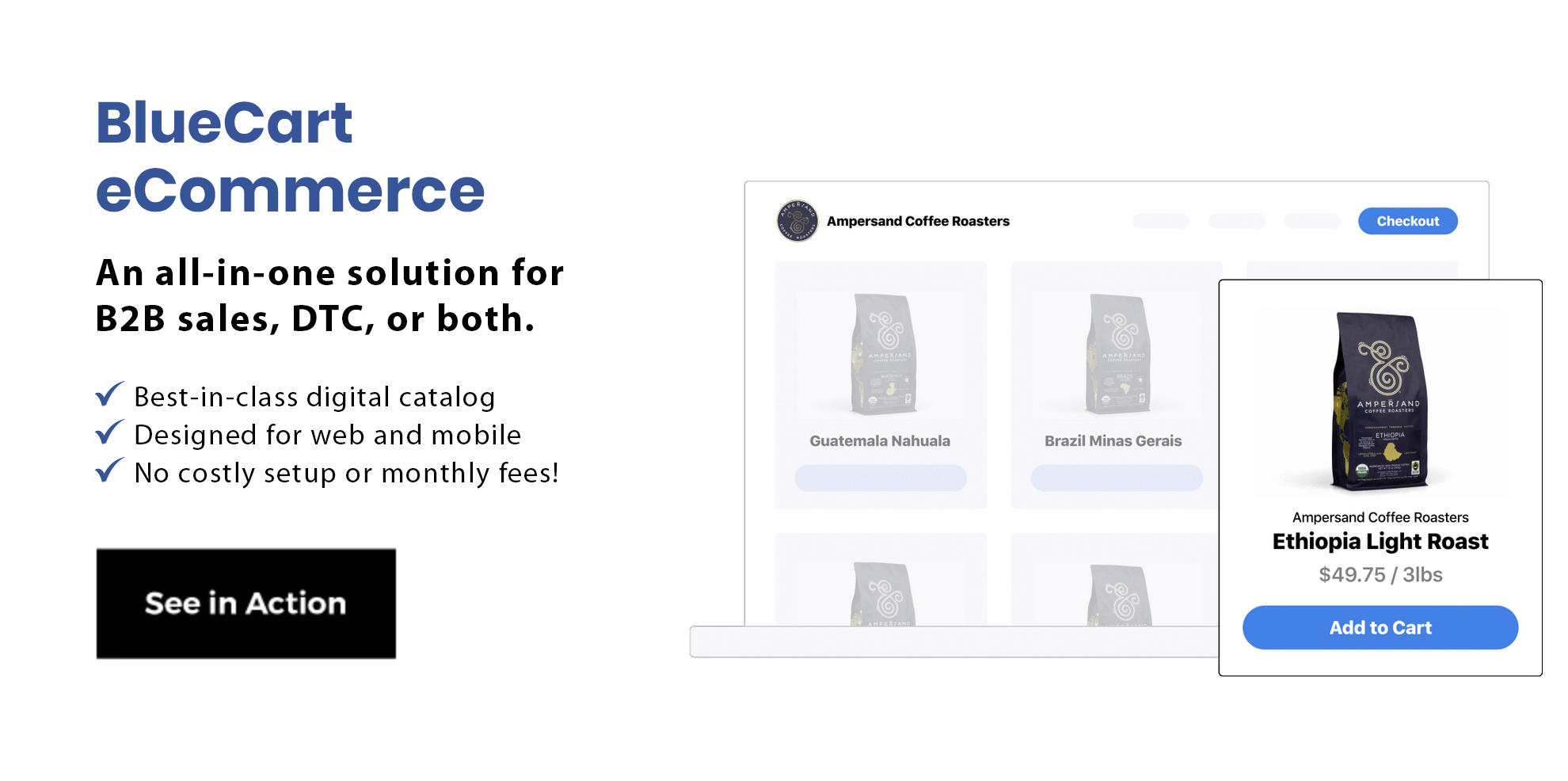One of the most common reasons people buy something every time they go to a brick and mortar shop or visit an online shop is impulse buying. Of course, people purchase different products and services for many reasons, including household needs, gifts, business needs, and more. However, impulse buying remains. For sellers, understanding the impulse buying definition is important for reaching new marketing potential and using efficient business systems.

Impulse Buying Definition
The impulse buying definition is buying a product without a previous plan to make that purchase. Impulse buy items are things that invoke an emotional and urgent response in a buyer.
While an impulse purchase might be something you will use and love, it often ends up being something that takes up space. Impulse purchases can be something you might use. That doesn’t change the fact that it's an impulsive decision, which can add up to a lot of items bought over time.
However, impulse buys can be a way to enjoy retail therapy. For sellers, impulse buys make up a fair amount of sales. Beyond regular sales like groceries and other needs, impulse purchases are one of the main things people buy.
Of All the Sales
It’s helpful to look at how many sales are impulse buys to understand the impact of impulse buying. To start, 84% of all shoppers have made impulse purchases at some point.
Of all those impulse purchases, eight out of 10 occur in physical stores. Almost 40% of all e-commerce profits come from impulse purchases. On average, a shopper will make about three impulse buys on every four out of 10 shopping trips.
While these numbers aren’t high separately, together they’re a huge part of overall purchases. A good way to look at it is to apply these numbers to every shopper. It’s easy to see how impulse purchases can add up when you imagine how much people buy every day.
This time of year, near the holidays and the new year, impulse buying is even more common. According to stats from Google, during the holidays one out of every three purchases is impulsive. With impulse gifts and sale items, splurging around the holidays is hard to avoid. With the sales going on, it’s a wonder the statistic isn’t higher.
While impulse buying will happen one way or another, stores and sellers can use impulse buying marketing plans to increase the odds. Stores can utilize:
- Strategic pricing.
- Grouping mid-priced items.
- Placing items near checkout counters.
- Keeping the easy-to-buy products within reach.
For e-commerce stores, strategic pricing, great photos, and consistent ads have the same effect.

Impulsive Buyer Meaning
The definition of an impulse buyer is someone who is buying for enjoyment or thrill. Many stats point to demographics to explain who is most likely to be an impulse buyer. The truth, however, is anyone could be an impulse buyer with the right products.
From the buyer’s perspective, an impulse buy is something to be aware of. However, impulse buys can be harmless and fun in reasonable quantities.
From the seller’s perspective, impulse buying marketing can be a great way to increase sales. Consumer impulse buying behavior can keep stores in profit and give buyers the joy that comes from healthy impulse buys.
Impulse Buy Price Point
Beyond the science of where to display impulse buys, it’s also important to have impulse buys priced right. You could have the best product in the world, but if it’s not priced right it won't sell as an impulse item.
Studies show that impulse purchases usually cost around $30. Some cost under $20, while larger purchases range into the hundreds. The $30 and under items tend to add up quickly. Consumers pick up several thinking “it’s only $20” without thinking about the total.
The pricier impulse buys aren’t as regular, as people are less likely to pick them up as they walk through the store. However, they can still be on sale, priced around lower cost items, or have the price displayed in the right place.
Impulse Buying Examples
Everyday items that encourage impulsive buying can range from trinkets to leisure items to small things around the store that catch the buyer’s eye. They can also be items that a person already buys.
Target is a great example of a place with impulse buys. The meme world is full of content about going to Target for one item and leaving with 20, and it’s no joke. Target keeps its displays inviting, and most of their little finds are around $15. You can end up grabbing several without thinking about it.
The pricier impulse buys are more often electronics or home goods. They catch your eye when you’re in the store for something else, and, especially if they’re on sale, you just can’t help yourself.

Impulses Improve Shopping for Everyone
Overall, impulse buying can be good for sellers and shoppers. For buyers, it’s something to be aware of because it can lead to excessive spending. However, in small quantities, impulse purchases are great for bringing joy into your life.
For sellers, tapping into the market of impulse sales is a great way to keep sales up. Wherever you're at in your journey as a seller, understanding impulse shoppers is vital to your success.